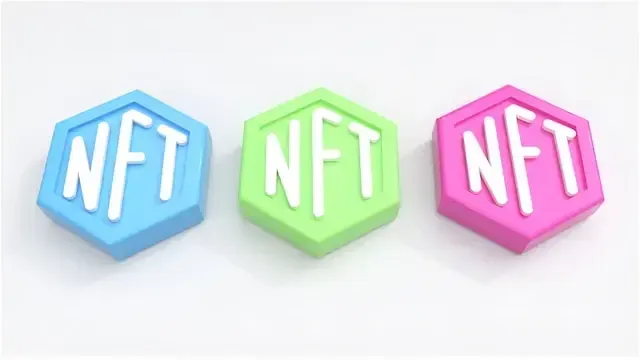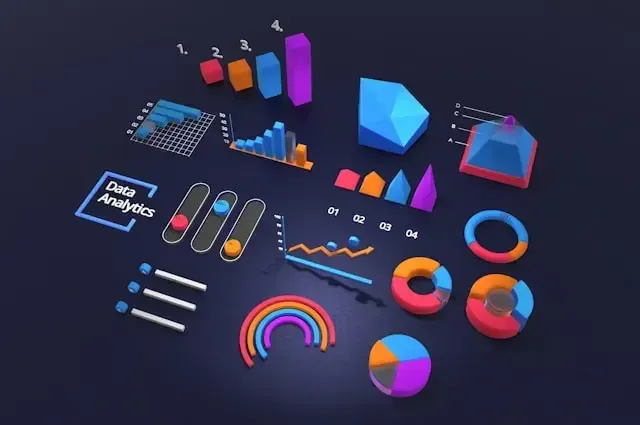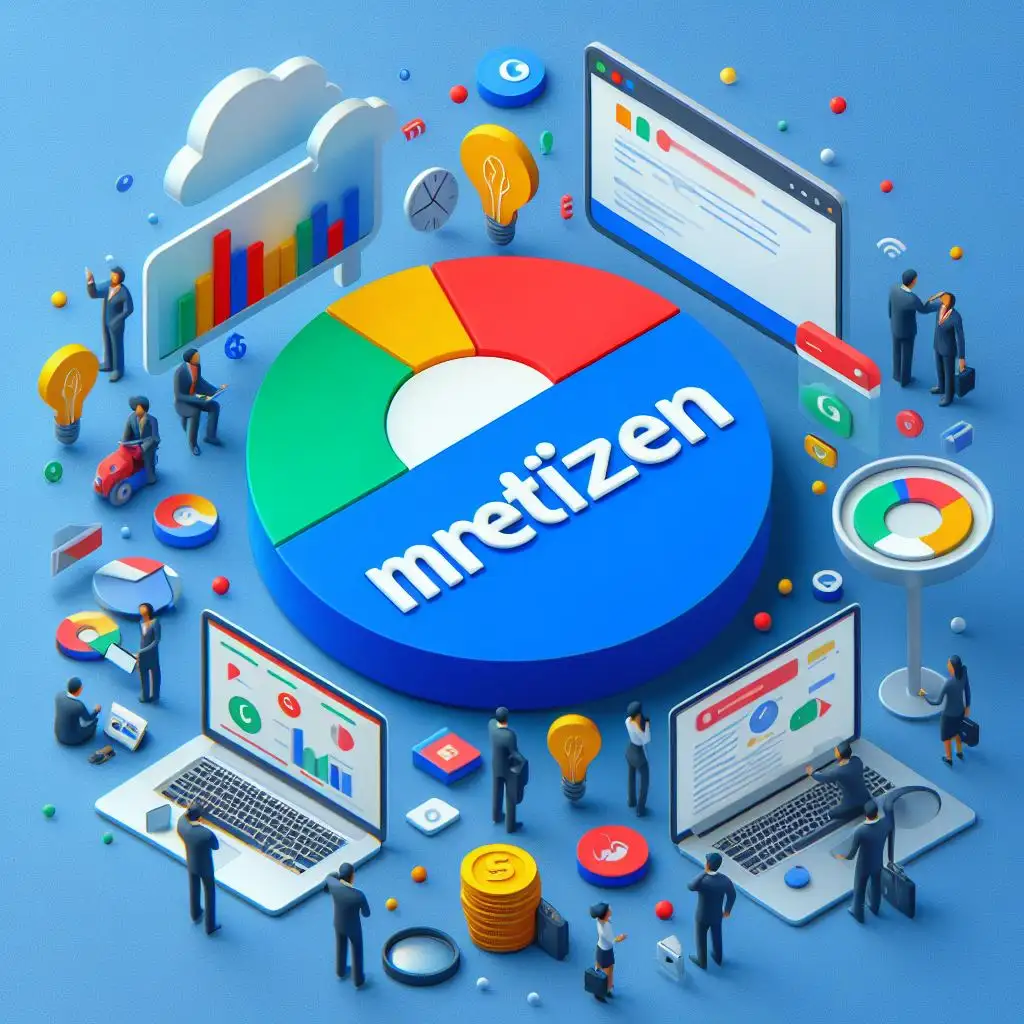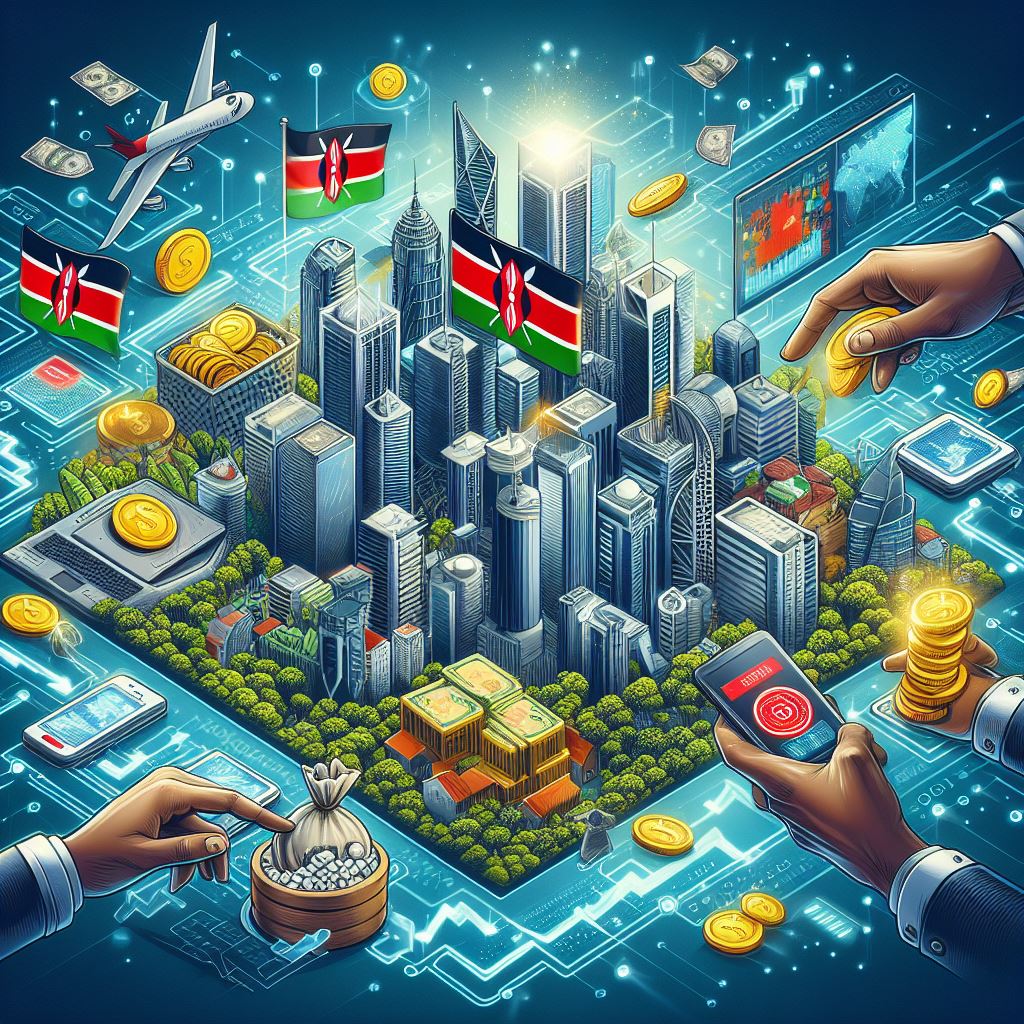This article explores how fiber optics work, their benefits, and their growing impact on internet speed and reliability. As we go deep into this topic, you’ll discover how fiber optics are reshaping the landscape of online connectivity, offering unprecedented performance and stability.
In today’s connected world, a fast and reliable internet connection is more important than ever. With the increasing demand for online services, from streaming high-definition videos to conducting remote work and virtual meetings, having a robust internet infrastructure is crucial.
Fiber optics have emerged as a groundbreaking technology, transforming how we connect to the digital world. By using light signals to transmit data, fiber optics significantly enhance internet speed and reliability, meeting the demands of modern users.
This article explores how fiber optics work, their benefits, and their growing impact on internet speed and reliability. As we go deep into this topic, you’ll discover how fiber optics are reshaping the landscape of online connectivity, offering unprecedented performance and stability.
Understanding Fiber Optics
- What Are Fiber Optics?
At the heart of fiber optics technology are incredibly thin strands of glass or plastic, known as optical fibers. These fibers are about the width of a human hair and can transmit data over long distances with minimal loss. Unlike traditional copper cables that use electrical signals, fiber optics rely on light signals. This fundamental difference is what gives fiber optics their speed and efficiency.
- How Do Fiber Optics Work?
Fiber optics work by transmitting light signals through the optical fibers. These fibers have a core and a cladding layer. The core is the central part of the fiber where light travels, and the cladding is a layer that surrounds the core and reflects light into the core. This reflection keeps the light signals contained and allows them to travel long distances with minimal loss of quality.
The Advantages of Fiber Optics
- Speed: A Game-Changer for Internet Connectivity
One of the most significant advantages of fiber optics is their speed. Fiber optic cables can transmit data at speeds up to 1 gigabit per second (Gbps) or even higher. This is a dramatic improvement over traditional copper cables, which can struggle to keep up with modern internet demands. With fiber optics, downloading large files, streaming high-definition content, and engaging in real-time online activities become seamless experiences.
- Reliability: Less Interference, More Consistency
Reliability is another key benefit of fiber optics. Unlike copper cables, which can be affected by electromagnetic interference and environmental conditions, fiber optic cables are immune to these issues. This means that fiber optics provide a more stable and consistent internet connection. Weather conditions, electrical interference, and signal degradation over long distances are minimized, ensuring that your internet connection remains steady.
- Bandwidth: Handling More Data Simultaneously
Fiber optics excel in handling large amounts of data, which is referred to as bandwidth. The high bandwidth capacity of fiber optic cables allows for multiple data streams to be transmitted simultaneously. This is particularly beneficial in environments with heavy internet usage, such as households with multiple users or businesses that rely on high-speed internet for various operations. Fiber optics can support everything from multiple simultaneous video streams to extensive cloud computing tasks without slowing down.
- Longevity and Durability: A Long-Term Investment
Fiber optic cables are known for their durability and longevity. They are less prone to physical damage compared to copper cables, which can corrode or degrade over time. Fiber optics are also less affected by temperature fluctuations and physical wear and tear. This makes them a more reliable and long-lasting investment in internet infrastructure.
- Scalability: Easily Upgraded for Future Needs
Fiber optics also offer excellent scalability. As technology advances and data requirements grow, fiber optic networks can be upgraded to handle higher speeds and more data without needing a complete overhaul of the infrastructure. Techniques such as upgrading the equipment that transmits and receives the signals, rather than replacing the entire network, allow for a smoother transition to faster speeds and greater capacity. This makes fiber optics a future-proof solution for evolving internet demands.
- Enhanced Security: Harder to Tap Into
Another significant advantage of fiber optics is their enhanced security. Fiber optic cables are much more difficult to tap into compared to traditional copper cables. Intercepting data from a fiber optic cable would require physical access to the cable and would disrupt the signal, making it easier to detect any tampering attempts. This level of security is especially important for transmitting sensitive or confidential information, offering peace of mind for both individuals and businesses.
The Growing Adoption of Fiber Optics
- Fiber Optics in Urban Areas
In urban areas, the demand for high-speed internet is particularly high due to the concentration of businesses and residents. Many cities around the world are upgrading their internet infrastructure to fiber optics to meet this demand. Fiber optic networks in urban areas often include a combination of underground and aerial cables to ensure comprehensive coverage. This infrastructure supports not only residential users but also a variety of commercial applications, such as data centers, tech startups, and financial institutions, all of which rely heavily on fast and reliable internet.
- Fiber Optics in Rural and Underserved Areas
Expanding fiber optic networks to rural and underserved areas presents its own set of challenges. However, it is a crucial step toward bridging the digital divide. Governments and private companies are investing in projects to bring fiber optic connectivity to these regions, aiming to provide high-speed internet access to more people. This expansion is important for ensuring that everyone, regardless of their location, has access to reliable and fast internet. Initiatives like public-private partnerships and government subsidies are helping to make these projects more feasible and widespread.
- Fiber Optics and Smart Cities
The concept of smart cities involves integrating technology to improve urban living conditions. Fiber optics play a vital role in this vision by providing the high-speed connectivity needed for smart infrastructure. From smart traffic management systems to efficient public services and advanced communication networks, fiber optics are essential for the development and operation of smart cities. These cities use fiber optics to enhance services such as intelligent lighting, real-time public transport updates, and environmental monitoring, leading to a more connected and efficient urban environment.
- Fiber Optics in Healthcare
The healthcare industry is experiencing a transformation thanks to fiber optics. High-speed, reliable internet is crucial for telemedicine, electronic health records (EHR), and advanced imaging technologies. Fiber optics enable rapid transmission of large medical files, such as MRI scans and detailed patient records, which can be critical for remote consultations and emergency responses. Hospitals and clinics are increasingly adopting fiber optic networks to improve the speed and quality of healthcare services, making it easier for medical professionals to collaborate and access vital information.
- Fiber Optics in Education
In the field of education, fiber optics are making a significant impact by supporting online learning and digital classrooms. Schools and universities are leveraging high-speed internet to facilitate virtual classrooms, interactive learning tools, and access to a wealth of online resources. Fiber optics help ensure that educational institutions can offer high-quality streaming video, virtual labs, and collaborative platforms without interruptions. This technology supports not only K-12 education but also higher education and professional development, providing students and educators with the tools they need for a modern learning experience.
- Fiber Optics in Agriculture
Fiber optics are transforming agriculture by providing high-speed internet essential for modern farming. They support precision farming techniques by connecting smart devices and sensors that monitor soil conditions, irrigation systems, and crop health in real time. This data helps farmers make better decisions about planting, watering, and harvesting, leading to more efficient resource use and higher yields.
Additionally, fiber optics enable the use of drones and satellite imagery to track large fields, detect issues like pest infestations, and improve overall crop management. By ensuring fast and reliable data transmission, fiber optics enhance productivity, support sustainable practices, and help farms adapt to changing conditions.
Challenges and Considerations
- Installation Costs
While fiber optics offer numerous benefits, the initial installation costs can be high. Laying down fiber optic cables requires specialized equipment and labor, which can make it a significant investment. However, the long-term benefits of fiber optics, including lower maintenance costs and higher performance, often outweigh the initial expenses.
- Technological Advancements and Future Trends
The field of fiber optics is continually evolving. Advances in technology are leading to even faster and more efficient fiber optic systems. For instance, developments in dense wavelength division multiplexing (DWDM) allow for multiple data channels to be transmitted simultaneously over a single fiber, increasing capacity and efficiency. As technology progresses, fiber optics will continue to play a key role in shaping the future of internet connectivity.
- Competition and Market Dynamics
The growing adoption of fiber optics has also led to increased competition among internet service providers (ISPs). This competition can drive innovation and lead to better service offerings for consumers. As more providers invest in fiber optic infrastructure, consumers can expect improved options and potentially lower prices for high-speed internet services.
- Physical Infrastructure Challenges
Implementing fiber optics involves more than just laying cables. Existing infrastructure, such as roads and buildings, can pose significant challenges. In urban areas, digging up streets to lay fiber optic cables can disrupt daily activities and require extensive coordination with city planners and other utilities. In rural areas, the lack of existing infrastructure can make installation more complex and costly. Overcoming these physical challenges requires careful planning and management.
- Maintenance and Repair
While fiber optics are known for their durability, they are not immune to damage. Accidents, natural disasters, and even animal interference can cause breaks or malfunctions in fiber optic cables. Repairing these cables can be challenging and time-consuming, often requiring specialized technicians to locate and fix the issues. Ensuring a reliable maintenance strategy and quick response to outages is crucial for maintaining the performance and reliability of fiber optic networks.
Conclusion
Fiber optics have truly transformed the landscape of internet connectivity. With their unparalleled speed, reliability, and capacity, they are setting new standards for what is possible in the world of online communication.
As fiber optic technology continues to advance and expand, it promises to make our digital experiences faster and more reliable than ever before. Whether you’re streaming movies, working from home, or just browsing the web, fiber optics are at the forefront of a new era in internet connectivity. The future is bright, and it’s illuminated by the light of fiber optics.


























